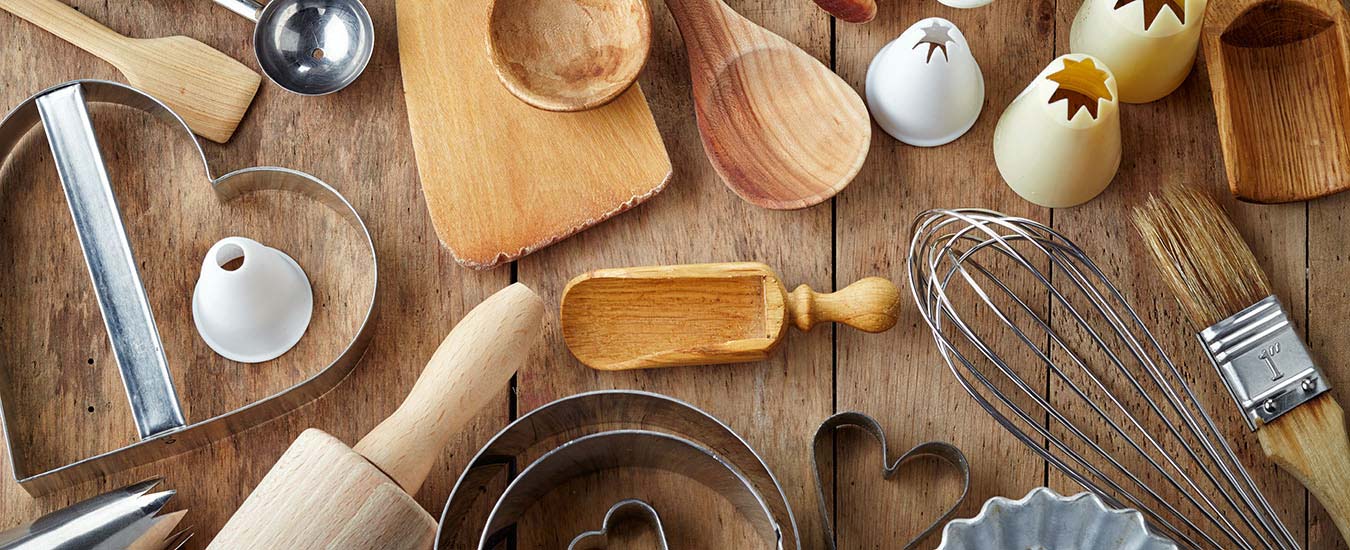It's a mystery that shouldn't be. In my memory there are citrons - the beautiful, green-striped melons that are too sour to eat, but that make great jam. That is, if anyone knows about them. And can find them.
I looked up citron in What Food Is That? (Weldon Publishing). It's where I always find answers. Not there. OK, but surely The Visual Food Encyclopedia (Editions Quebec/Amerique) will tell me. It, too, let me down. That leaves The World Authority: The New Larousse Gastronomique (General Publishing). Ah, there it is on page 244. Wrong! The brief reference here regards a "species of lemon with a very thick coruscated skin, cultivated on the Mediterranean coast." I looked coruscate up in Funk and Wagnall's. It means to sparkle. Not what I'm looking for.
Finally, the Internet. There it was, on the University of Florida website: Citron-Citrullus lanatus-and a photo to prove it. It says citron is often referred to as stock melon and preserving melon, and should not be confused with the citron of the citrus fruit family (Citrus medica), whose peel is candied and frequently used in fruitcakes. The citron melon belongs to the same species as watermelon, but in its raw state the fruit is inedible. So, what do you do when the world hands you citrons? You make jam.
That's what Bonar Shatford, of Halifax, does. Originally from Hubbards, NS, this 87-year-old gentleman learned how to grow citron 60 years ago in Clyde River, NS. And he still grows it from seeds he saves from the fruit he harvests.
"They grow it in Windsor and in New Ross home gardens," he says. "You can't buy it at the fruit stands, but you can see it every year [at the Hants County Exhibition] in Windsor."
Pretty to look at, it's a tough nut to crack. The rind is brick-hard. The seeds, greenish-yellow when under-ripe and red when mature, are scattered throughout the fruit like watermelon seeds. Each one has to be flicked out with the point of a knife before you dice it in small pieces to make jam.
"It takes me all afternoon to do it," says the man with the patience of Job. He uses 10 cups of fruit, five cups of sugar and 11?4 cups of water to make a batch of jam. After the mixture sits overnight, it takes about three hours of slow boiling before the fruit softens and turns a golden yellow colour, which signifies it's done. But watch it carefully. "If it gets thick, it's as hard as a rock," he says.
Last year's harvest from three plants resulted in 12 melons, and in May of this year, he started seven plants for a more ambitious harvest. That's a lot of seeds to flick. But is the taste of this jam worth the effort? He doesn't know. He's been diabetic for the last 20 years. Nine of the 10 jars of jam he made last year were given away. I recently came home with the 10th. Lucky me.

There are many other wonderful fruits and vegetables currently being harvested in the Atlantic Provinces - following are a few delectable ways to use them.
